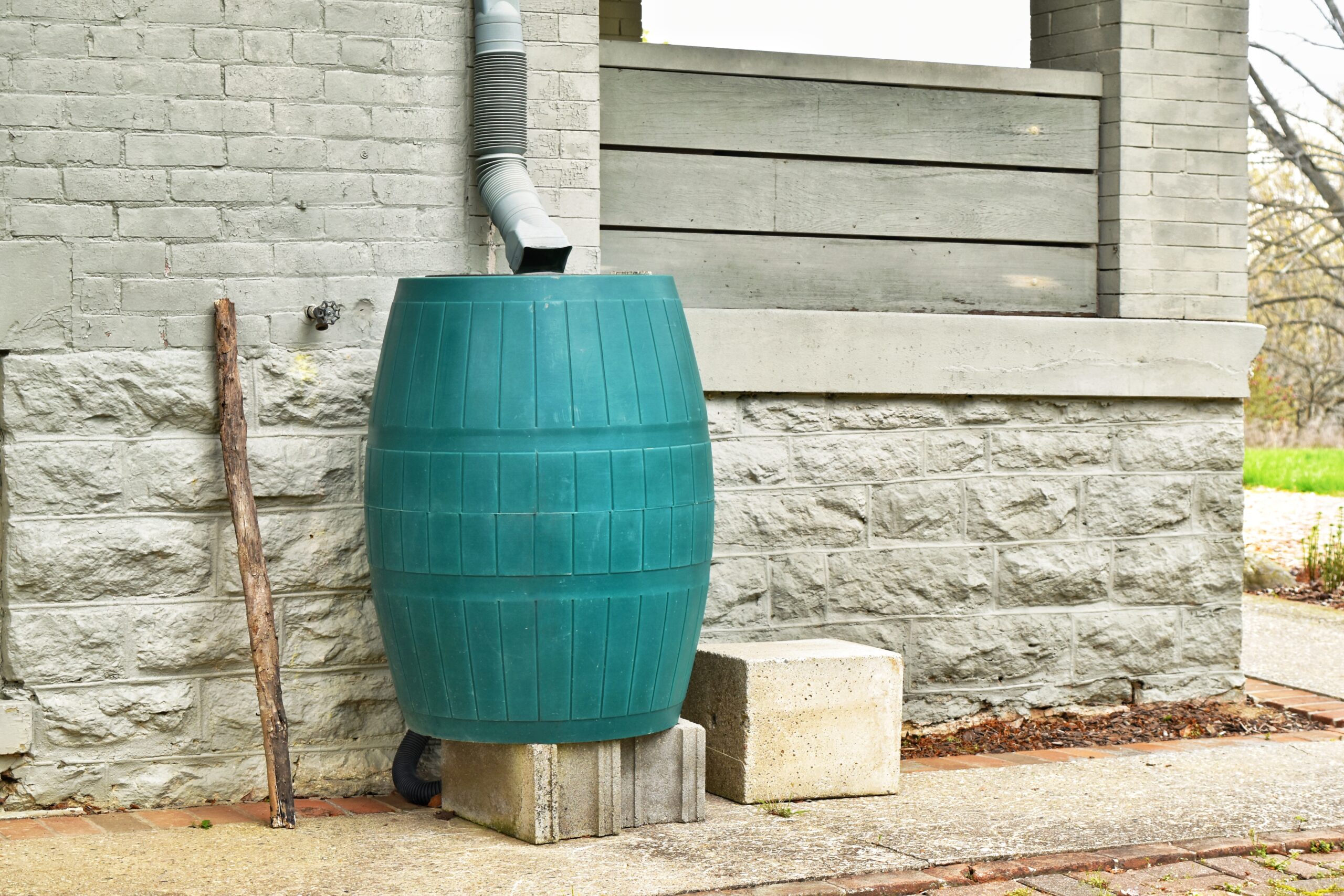Rainwater harvesting has long been a trusted and required method for securing water supply in Australia, where variable rainfall patterns and water restrictions make alternative water sources increasingly valuable. While traditional systems have served many households well, recent technological advancements like smart rainwater monitoring in monitoring and automation, such as those offered in our range, offer significant improvements in efficiency, convenience, and water conservation.

The Evolution of Rainwater Harvesting
Rainwater harvesting in Australia has evolved from simple collection methods to sophisticated systems that can supplement or even replace mains water for many applications. However, traditional systems typically rely on manual monitoring and management, which presents several challenges:
Limited visibility: Without real-time monitoring, tank levels for example, are often unknown until physical inspection
Reactive management: Water usage decisions are made without complete information about available supply
Missed collection opportunities: Overflow during heavy rainfall events wastes potential water capture
Inefficient usage patterns: Difficulty optimising water usage across different household needs
Maintenance uncertainties: Water quality issues or system problems may go undetected
According to research by Campisano et al. (2017), optimising rainwater harvesting systems could increase their efficiency by 15–30% in urban settings, representing a significant improvement in water conservation potential. Our smart monitoring solutions address these precise challenges.
Smart Monitoring Technology: How It Works
Rain Harvesting Connect smart monitoring systems consist of several components that work together to provide comprehensive system visibility and control:
Core Components
Tank Gauges: The backbone of our smart monitoring system, our Tank Gauges provide precise water level tracking. With float sensors for tanks up to 4 meters and pressure sensors for tanks up to 10 meters, the float gauges deliver accuracy to 20mm, and the pressure gauges to 50mm, ensuring you always know your rainwater or storage levels.
Trough Gauges: Designed for agricultural and livestock needs, our Trough Gauges bring the same precision to water troughs. These robust sensors monitor levels in real time, helping you manage water supply for animals or irrigation with confidence.
Rain Gauges: Capturing rainfall data is key to optimising harvesting, and our Rain Gauges integrate seamlessly into our system. They measure precipitation with pinpoint accuracy, feeding vital insights into your water management strategy.
Dam Gauges: For larger water bodies, our Dam Gauges offer tailored monitoring. Built to handle expansive dams, they track levels with the same reliability, connecting your entire water network into one cohesive system.
Communication Technology
Each device—whether Tank, Trough, Rain, or Dam—features versatile connectivity options to suit all requirements like Bluetooth/Wi-Fi, Sigfox, or Satellite. Keeping you connected from anywhere in Australia.
User Interface
The Rain Harvesting Connect app is your control center. This intuitive interface lets you monitor all your gauges—tanks, troughs, rainfall, and dams—in real time, set custom alerts, and analyse trends, all from your smartphone.
Key Benefits of Rain Harvesting Connect Smart Water Monitoring
Real-Time System Visibility
Our smart gauges provide instant access to current tank levels, allowing users to make informed decisions about water usage. This visibility is particularly valuable during drought conditions or water restrictions when managing available resources becomes critical.
Research by Stewart et al. (2018) found that households with real-time water monitoring reduced their overall water consumption by approximately 10%, simply through increased awareness.
Automated Alerts and Notifications
Our smart monitoring systems can alert users to various conditions requiring attention:
High water levels: Preventing overflow and waste during heavy rainfall
Low water levels: Signalling when conservation measures may be needed
Unusual changes: Detecting potential leaks or system failures
These proactive notifications reduce the risk of system failures and help maintain optimal performance year-round.
Usage Pattern Analysis
By tracking water collection and consumption over time, smart systems can:
Identify inefficiencies: Highlighting periods of high consumption or waste
Optimise usage: Suggesting better timing for water-intensive activities
Demonstrate savings: Quantifying the benefits of rainwater harvesting
This data-driven approach helps users maximise the return on their rainwater harvesting investment while promoting more sustainable water use habits.

Conclusion
Our smart monitoring technology represents a significant advancement in rainwater harvesting efficiency and convenience. By providing real-time data, predictive insights, and automated alerts, these systems help users maximise water collection, optimise usage, and maintain system performance.
While the initial investment in smart monitoring technology adds to the cost of a rainwater harvesting system, the resulting improvements in efficiency, convenience, and water conservation often justify the expense, particularly in regions with water scarcity concerns or high water costs.
Looking to enhance your water security?
Upgrading existing rainwater harvesting systems with Rain Harvesting Connect smart monitoring technology offers a practical and effective solution. Visit the Rain Harvesting Connect website to explore the full range of smart gauges and integrated water management solutions.
References
Campisano, A., Butler, D., Ward, S., Burns, M. J., Friedler, E., DeBusk, K., … & Han, M. (2017). Urban rainwater harvesting systems: Research, implementation, and future perspectives. Water Research, 115, 195–209.
Sharma, A. K., & Sharma, D. (2007). Rainwater harvesting: A new concept to utilise rainwater and secure the future. International Journal of Engineering Research and Applications, 5(6), 1–6.
Stewart, R. A., Nguyen, K., Beal, C., Zhang, H., Sahin, O., Bertone, E., … & Savi, D. A. (2018). Integrated intelligent water-energy metering systems and informatics: Visioning a digital multi-utility service provider. Environmental Modelling & Software, 105, 94–117.
Australian Bureau of Meteorology. (2023). Water Information. Retrieved from http://www.bom.gov.au/water/

